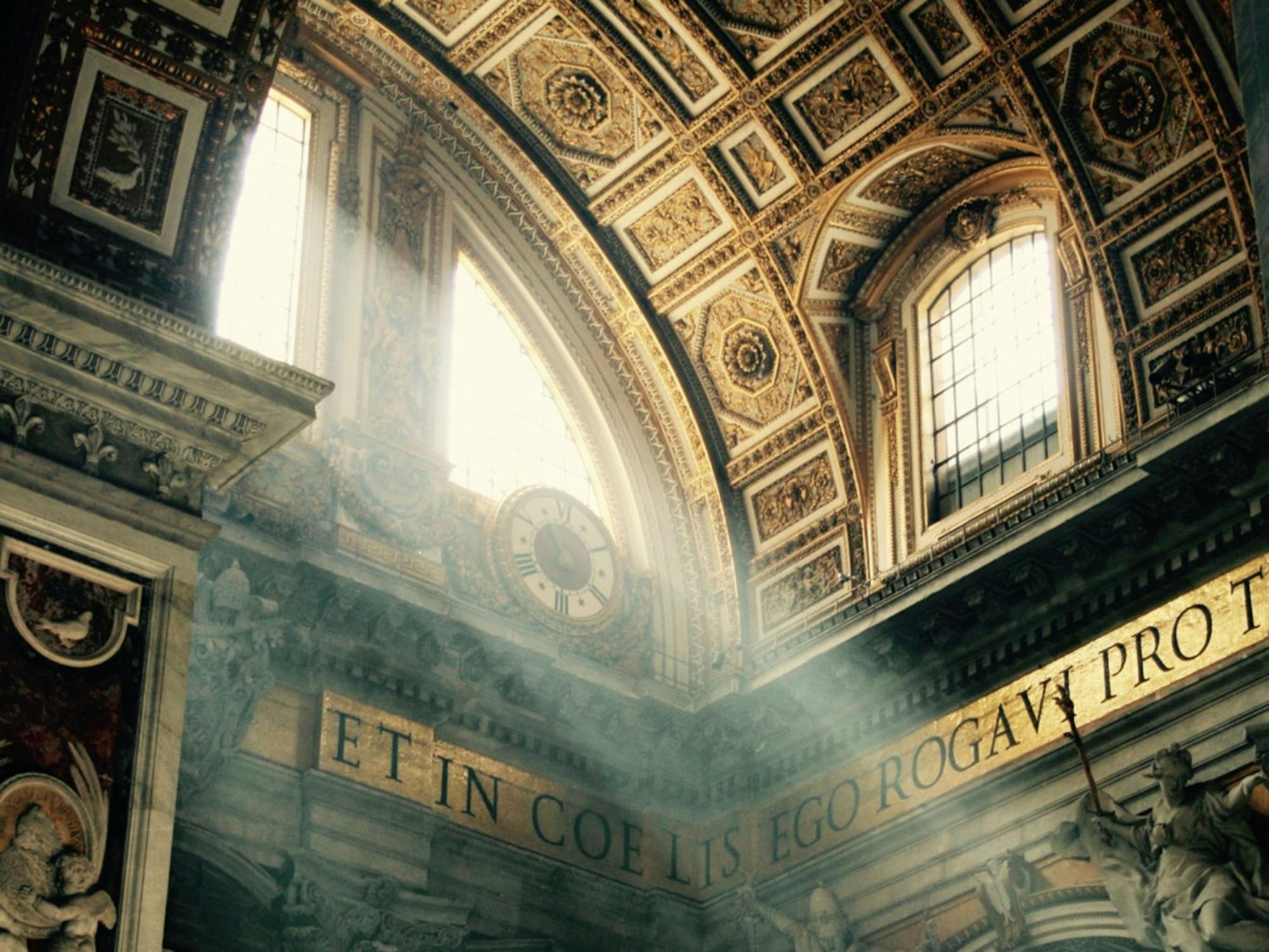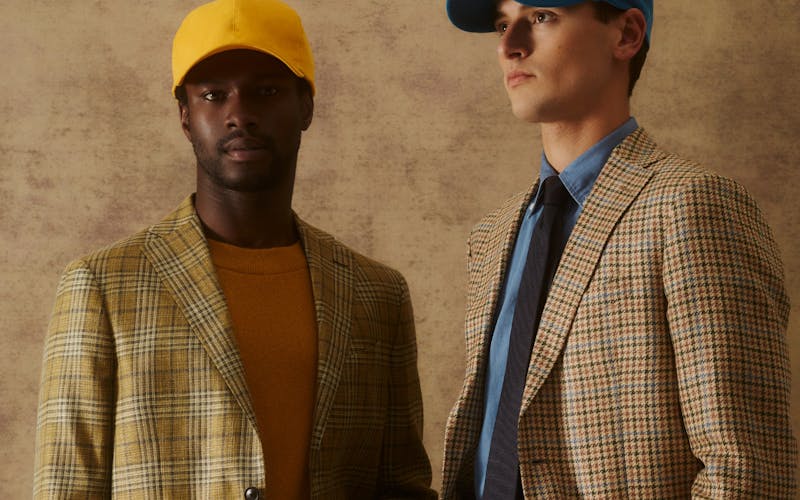

for Walpole members and
non-members available now
at The Londoner



Whoever would have guessed? Mired in the deep despond of the pandemic, the country still jittery over the fallout from Brexit, few, I suspect, would have risked a bet on where the luxury market was heading in such uncertain times. And yet here we are in 2022 and not only has most of the sector survived, much of it has positively thrived. And while the war in Ukraine has made gazing into a crystal ball even murkier than ever, most of the companies involved in producing some of the world’s finest and most desirable products are still full of optimism.
What seems to have happened is that ‘cheap and cheerful’ lost its gloss. Quite apart from the ethical problems the throwaway culture posed, the general mood turned towards products that seemed to have meaning, that came with evidence of quality, with an engaging narrative and a real connection between the product and craftsmanship. As Colleen Caslin, who recently left her role as Chief Executive Officer of the Jessica McCormack jewellery brand, puts it, “during the pandemic people took stock of their lives and now that it is over seem to feel like celebrating life again and they want to do it with something really special.”
What they don’t want is cheap gewgaws. “We see ourselves”, says Caslin, “as the architects of memory,” which she sees as helping customers create heirlooms for the future, which in turn means buying quality pieces. Jessica McCormack must be doing something right because in one month alone it sold four of its diamond riviere necklaces (prices are well into the double-digit thousands) and over the past two years its business has grown by 62 per cent compared to the previous couple of years.
In the meantime, Chanel, generally agreed to be one of the most cherished brands in the world (though not renowned for overly friendly prices), is rebounding strongly after suffering a fall in sales through the pandemic. The first quarter of 2021 saw double-digit growth and the brand is still having to ration sales of two of its most iconic handbag styles to one bag each per year, per customer. The same is true at those other two high-flying brands Louis Vuitton and Hermès. Both limit sales of some of its most iconic products to a few items per customer per year. No wonder vintage models are going for eye-watering sums in the secondary market with companies such as Luxury Promise and Farfetch Second Life reporting booming demand and prices. (At Farfetch a pre-owned Chanel medium double flap shoulder bag is going for £5,396 and a second-hand Hermès Tri-Colour Kelly 28 model is £14,423).
While overall sales of most whisky companies suffered quite badly during the pandemic, there is now a noticeable trend of customers trading up to premium brands, with a 55 year old rare Japanese Suntory Yamazaki whisky selling at Harrods for £300,000. Sales of single malts and American and Irish whiskeys are helping to restore sales and profits – the single malt Scotch category alone is predicted to grow in value from £394 million in 2018 to £439 million this year.
Wherever we look the trend is the same – volume may sometimes be down but quality is more in demand than ever. Hotels report that more visitors want the best rooms, premium watches such as Patek Philippe and Rolex are increasingly difficult to get hold of and Omega has had its best year ever. The demand for iconic brands like Rolex has been unprecedented – and with Rolex so highly sought after, it isn’t surprising to find that it is commanding very high prices in the secondary market. Similarly, a Patek Philippe Aquanaut available on Watchfinder for £138,995 was originally £46,910 at retail.
The big conundrum, of course, is: can this go on? Might there be a return to spending more money on the experiences we were all denied during the pandemic – theatres, holidays, restaurants and their ilk – rather than on the silken scarves, the pens, the precious jewellery, the designer clothes, the one-off arts and crafts that the luxury goods market needs to sell us in order to prosper? The Ukraine war has undoubtedly cast something of a pall over the economy, but for the moment the happy news is that consumers seem to be doing both. They’re latching onto quality in every area of their lives and seem determined to live life to the full now that the pandemic is virtually over.





